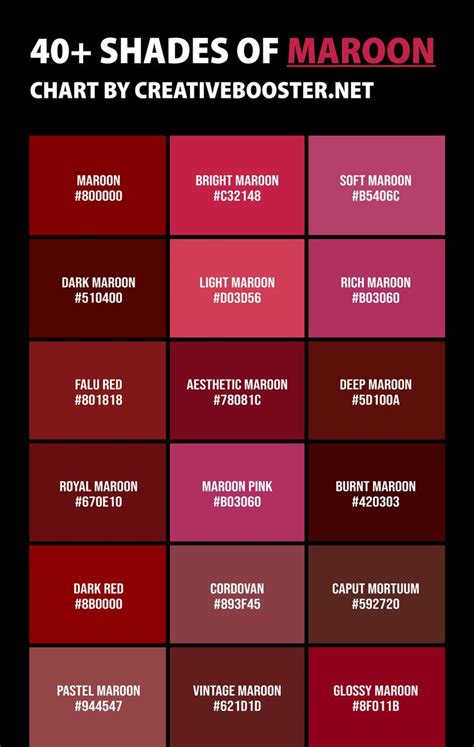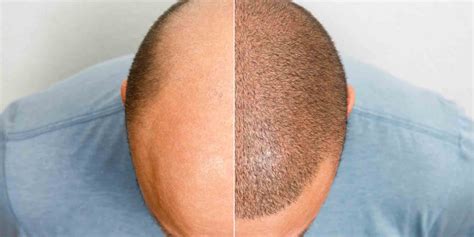Introduction

Hair loss, a condition affecting nearly 50% of men over the age of 50, can significantly impact self-confidence and overall well-being. However, advancements in hair restoration techniques have brought hope to countless men struggling with hair loss. Among these advancements, hair systems have emerged as a non-surgical and customizable solution to hair restoration.
What are Hair Systems?
Hair systems, also known as hairpieces or toupees, are prostheses attached to the scalp to create the illusion of natural hair growth. These systems are typically made from human hair, synthetic fibers, or a combination of both. They are designed to blend seamlessly with existing hair, providing a natural and undetectable look.
Types of Hair Systems
There are three main types of hair systems:
- Non-Surgical Hair Systems: These systems are attached to the scalp using adhesives or clips and can be removed and reapplied daily. They are a less permanent option and require regular maintenance and replacement.
- Surgical Hair Systems: These systems are permanently attached to the scalp through a surgical procedure. They provide a secure and long-lasting solution but are invasive and expensive.
- Hybrid Hair Systems: These systems combine elements of both non-surgical and surgical systems. They are partially attached to the scalp and provide a less visible and more permanent solution than non-surgical systems but are still less invasive than surgical systems.
Benefits of Hair Systems
Hair systems offer numerous benefits for men experiencing hair loss:
- Natural Appearance: Modern hair systems are designed to mimic natural hair growth, providing a realistic and undetectable look.
- Versatility: Hair systems can be styled and cut to match the wearer’s desired style and length.
- Confidence Boost: Regaining a full head of hair can significantly boost self-confidence and enhance overall well-being.
- Convenience: Non-surgical hair systems are easy to apply and remove, allowing for flexible use and maintenance.
Choosing the Right Hair System
Selecting the right hair system depends on individual needs and preferences. Factors to consider include:
- Hair Loss Pattern: The type and extent of hair loss will determine the size and shape of the hair system required.
- Lifestyle: The frequency of hair maintenance and the desired level of permanence will influence the choice of hair system type.
- Budget: Hair systems vary in cost depending on the materials used, construction method, and maintenance requirements.
Common Mistakes to Avoid
When considering a hair system, it is important to avoid common mistakes:
- Choosing the Wrong Size or Shape: A mismatched hair system can appear unnatural and obvious.
- Poor Maintenance: Neglecting maintenance can lead to a shortened lifespan and a degraded appearance of the hair system.
- Unrealistic Expectations: Hair systems are not permanent solutions to hair loss but rather a way to restore the appearance of a full head of hair.
Frequently Asked Questions (FAQs)
- How long do hair systems last: Non-surgical hair systems typically last 3-6 months, while surgical hair systems can last 5-10 years.
- How much do hair systems cost: Hair systems can range in price from $500 to $5,000, depending on the type of hair system and materials used.
- Can hair systems be used in all hair loss cases: Hair systems are suitable for men with all types of hair loss, from mild thinning to complete baldness.
- Are hair systems comfortable to wear: Properly fitted hair systems are designed to be comfortable and secure, allowing for all-day wear.
- Can hair systems damage my existing hair: No, hair systems do not damage existing hair when properly applied and maintained.
- Can I swim or exercise while wearing a hair system: Yes, non-surgical hair systems are designed to withstand everyday activities, including swimming and exercise.
